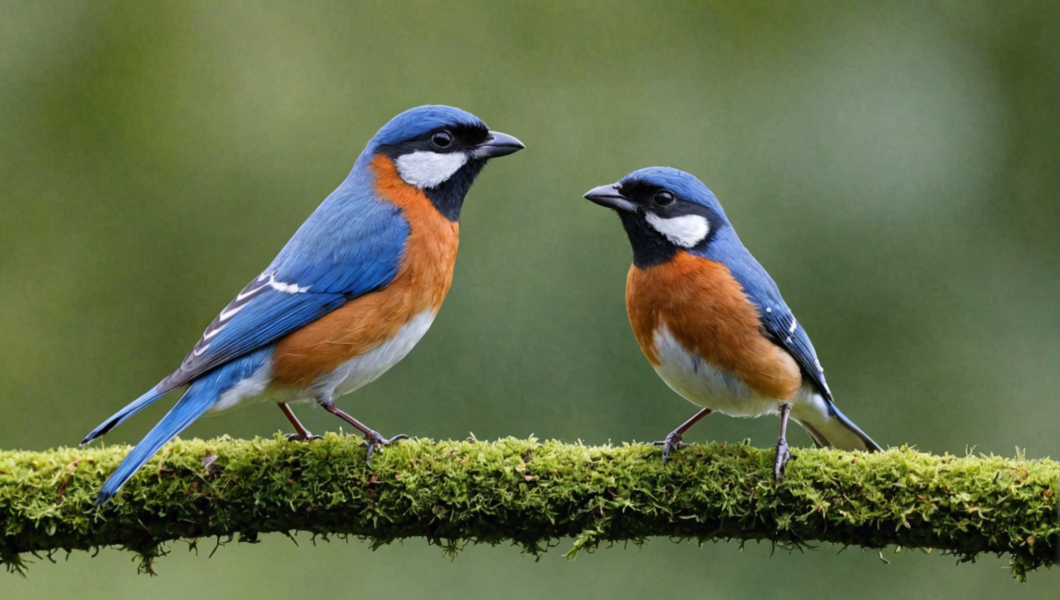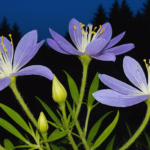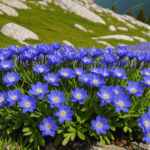Attracting Birds to Your Garden: A Win-Win Situation
When it comes to gardening, many people focus solely on plants and flowers. However, attracting birds to your garden can bring numerous benefits to your ecosystem. Birds play a vital role in maintaining the balance of nature by acting as valuable allies in controlling garden pests and promoting the proliferation of plant species. By creating an attractive environment for birds, you can enjoy an efficient and beneficial service for both your garden and the wider ecosystem. In this article, we will explore the most useful birds to attract to your garden and how to invite them using the right techniques.
The Birds: Precious Allies for Gardeners
Despite occasional inconveniences such as pecking at fruits or leaving droppings, birds are extremely valuable allies in the garden. Most bird species actively hunt insects and larvae to feed themselves and their offspring during the warmer months. This predation helps control and significantly reduce the population of pests that can damage your crops. By harnessing the power of birds, gardeners can eliminate or reduce the need for chemical pesticides, creating a healthier and more sustainable environment for themselves and their plants.
Which Birds Should You Welcome to Your Garden?
Let’s take a closer look at some of the main bird species you should welcome to your garden and the benefits they bring:
The Bullfinch
Not only is the bullfinch pleasing to the eye with its vibrant red breast, but it is also a granivore with a strong beak. This bird is a valuable ally as it consumes numerous insects and spiders. It also disperses seeds, contributing to the natural renewal of plant species. While it may occasionally peck at your fruits, this behavior is mostly seen in winter when other food sources become scarce. The bullfinch is not abundant, so any damage to your crops will be minor.
The Goldfinch
With its unique plumage combining black, beige, yellow, white, and red, the goldfinch is another precious ally. Like the bullfinch, it is a lover of seed-rich plants and often nests in hedges. If you want to attract goldfinches to your garden, simply plant some thistles and burdock, which are their favorites.
The Starling
Also known as the common starling, this bird is a formidable insectivore. It can help eliminate caterpillars, larvae, yellow ants, crickets, grasshoppers, spiders, woodlice, millipedes, bugs, slugs, snails, worms, lizards, and frogs from your garden. With such a diverse menu and a healthy appetite, it’s essential not to deter it from your garden. The starling will happily nest in hedges, orchards, and tall grasses, where it will quietly carry out its duties as a pest controller.
The Black or Gray Flycatcher
As its name suggests, the flycatcher consumes flies in flight, as well as various other insects. Horseflies, mosquitoes, wasps, bumblebees, bugs, and several other pests are on its menu. Offer some berries to attract this bird to your garden, and it will help clean up unwanted intruders for your plants.
The Nuthatch
The nuthatch is capable of climbing trees with astonishing agility. It is a valuable ally that devours insects, their larvae, and various other small creatures. It willingly consumes aphids, woodlice, small beetles, leafhoppers, damselflies, and many other pests that can harm your vegetables and flowers.
The Tits
There are several varieties of tits, each of which brings its unique hunting abilities to your garden. The blue tit, for example, preys on larvae, caterpillars, aphids, small beetles, spiders, and weevils. The great tit, on the other hand, is a formidable nemesis of caterpillars, making it particularly effective at combating cabbage white butterflies. The coal tit enjoys insect hunting, while the long-tailed tit and the marsh tit are skilled insectivores as well. Finally, the crested tit has a preference for spiders but also consumes other insects and caterpillars.
The House Sparrow
Present all year round throughout France, the house sparrow is another useful ally in the garden. It settles in both urban and rural gardens, feeding on thistle and nettle seeds, as well as various beetles. Weevils, cockchafers, Colorado beetles, and others are all part of its menu. The house sparrow also willingly consumes aphids, scale insects, spiders, grasshoppers, and ants. So, the next time you see a house sparrow, make sure to welcome it and enjoy its pest-controlling services.
The Robin
Recognizable by its round body and orange breast, the robin is a singing bird that can truly delight your garden. If your garden provides the necessary resources, such as worms and insects, the robin will happily make it its home. It scours the ground, flipping over leaves to find hidden prey. With the robin’s presence, your garden will be free of many pests, providing a healthy environment for your plants.
The Treecreeper
With its remarkable ability to climb tree trunks, the treecreeper is a rare but valuable helper in the garden. It feeds on insects and their larvae, including ants, caterpillars, spiders, cockchafers, and various chrysalides and beetles.
The Wren
Shaped like a small ball, the wren has a light brown plumage with dark stripes on the wing edges. It primarily feeds on insects and spiders, as well as their larvae. The wren is happy to nest in cavities in old walls or dense vegetation, providing natural pest control for your garden.
The Greenfinch
The greenfinch is recognizable by its yellow and green plumage. It nests in hedges during spring, feeding on berries, seeds, and insects. To attract this insectivore to your garden, offer it sunflower seeds – its favorite food. The greenfinch also hunts destructive birds, making it a valuable ally for your garden ecosystem.
Attracting Birds with Nest Boxes
In addition to their melodious songs, birds contribute to the visual appeal of a garden. Creating a habitat that attracts birds offers a mutually beneficial relationship. By providing for the needs of birds, you not only assist these species but also enjoy the benefits of their appetite for garden pests. To encourage birds to visit and settle in your garden, you can build and install nest boxes. This activity can be enjoyable and educational, especially if you involve children. However, it is important to adapt the nest boxes to the different bird species in your garden or those you wish to attract. For guidance on building nest boxes, refer to reputable sources such as the book “J’accueille et j’observe les oiseaux dans mon jardin” by Gilles Leblais, an ornithologist. You can also find valuable advice and tips in dedicated articles and guides.
To further facilitate bird settlement, maintain hedges wherever possible. Opt for a diverse range of native plant species, as they are most beneficial for local ecosystems. Trees are also beneficial, and you can create a water source for birds to drink from and bathe in. By providing the ideal environment for nesting, you will create a welcoming haven for birds.
In conclusion, attracting birds to your garden comes with multiple advantages. By inviting the right species, you can effectively control pests without resorting to harmful chemicals, creating a healthier and more sustainable garden ecosystem. Furthermore, the songs and presence of birds add to the overall beauty and enjoyment of your garden. So, make your garden a haven for these useful birds and reap the rewards of their presence.



